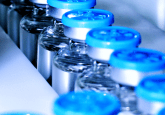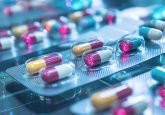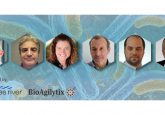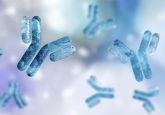Ask the Experts: Christina Satterwhite
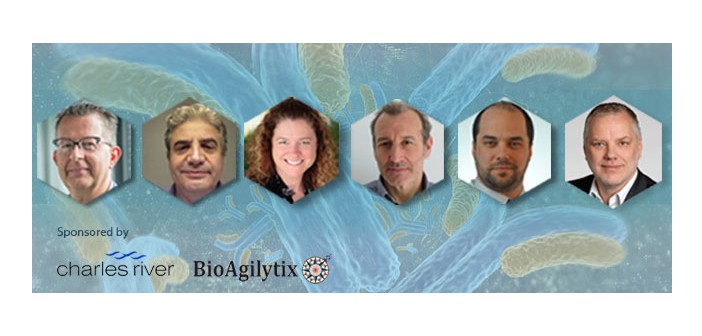
Christina Satterwhite, PhD
Senior Director, Laboratory Sciences for Charles River, MA, USA
What began your interest in biosimilars?
Over the last 15 years, I have focused on the drug development of biologics. Specifically, I have worked on many programs to develop and validate the nonclinical and clinical assays that support the overall biopharmaceutical program. The types of assays, reagents and platforms utilized to measure drug, anti-drug antibodies and function have advanced over the last decade to give rise to very robust and sensitive measurements.In 2010, President Obama signed into law the Patient Protection and Affordable Care Act, which created an abbreviated licensure pathway for biological products that were considered biosimilar to an already approved biological product i.e. originator. The biosimilar must be shown to be ‘highly similar’ to the originator to be approved. Biosimilar development programs are expedited and include extensive analytical packages to demonstrate the drug is ‘highly similar’ to the originator.
The first biosimilar programs were interesting as the regulatory requirements in the US were still being developed, which resulted in challenges navigating through the development and validation of the assays required to compare similarity. Many thought provoking discussions occurred amongst scientists across the industry to determine the best scientific approaches to compare and determine how similar is highly similar.

